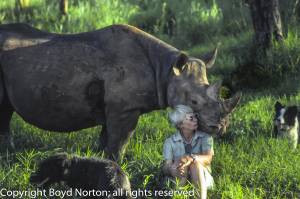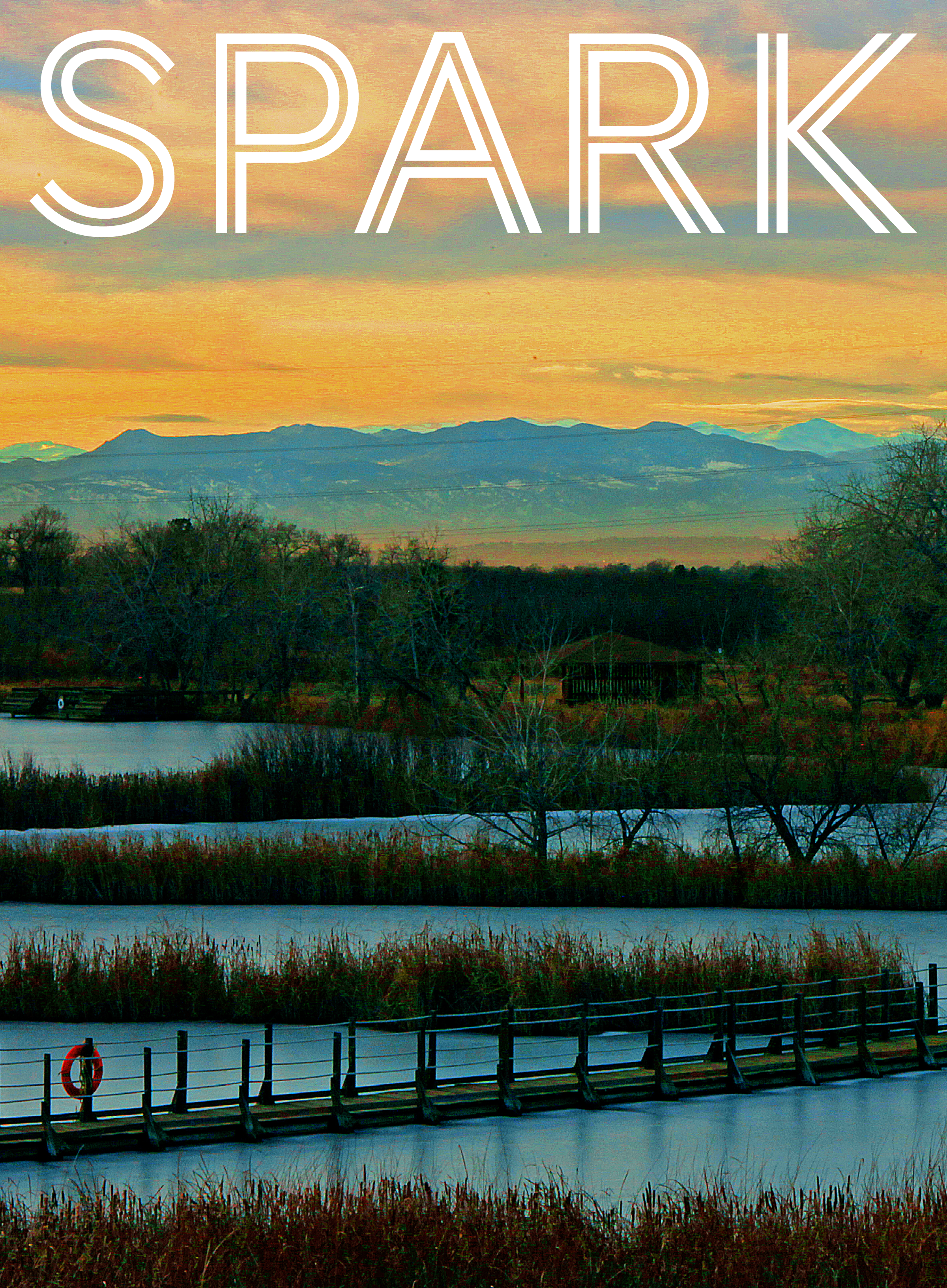Behind the lens

An interview with conservation photographer Boyd Norton
For Boyd Norton, photography is less about taking beautiful pictures and more about getting dirty. The preeminent conservation photographer has used his photography to help fight for places and causes. In addition to being the recipient of the 2015 Ansel Adams Award for lifetime achievement, an honor bestowed on him by the Sierra Club, Norton is also the founder of Serengeti Watch, a non-profit organization aimed at safeguarding one of the world’s greatest scenic and wildlife treasures.
We recently caught up with Norton to learn more about the role photography can play in raising awareness, and his advice to prospective nature photographers.
How did you get into conservation photography?
Boyd Norton: I started out as a nuclear physicist – it’s not the career path I normally recommend. I was living in Idaho and took a job at the National Reactor Testing Station, an atomic energy commission facility. The reason I took the job was that it was in eastern Idaho and it was very close – within an hour and a half drive – of the Grand Teton and Yellowstone National parks, and a lot of beautiful, wild country. Having grown up on the East Coast in a more crowded environment, I really fell in love with the wildness of that part of the country. And then I began to get involved because some things were being proposed that would alter and change that environment.
 The first battle that I took on was a place called Hells Canyon, which forms the border of Idaho and Oregon, carved by the Snake River. It’s the deepest gorge in America – almost 8,000 feet deep. And they wanted to build a massive dam in there. So a handful of us – eight to be exact – sat around one evening over a few beers and said we ought to see what we can do to stop this proposal. And so we did. We formed the Hells Canyon Preservation Council. And then it went on from there. It took about eight years. We didn’t know what the heck we were doing, but we did it anyway. All during this time, I was using my photography to show people what places were like. There’s nothing better than having good photographs to show people what we we’re trying to save.
The first battle that I took on was a place called Hells Canyon, which forms the border of Idaho and Oregon, carved by the Snake River. It’s the deepest gorge in America – almost 8,000 feet deep. And they wanted to build a massive dam in there. So a handful of us – eight to be exact – sat around one evening over a few beers and said we ought to see what we can do to stop this proposal. And so we did. We formed the Hells Canyon Preservation Council. And then it went on from there. It took about eight years. We didn’t know what the heck we were doing, but we did it anyway. All during this time, I was using my photography to show people what places were like. There’s nothing better than having good photographs to show people what we we’re trying to save.
Were you always passionate about photography?
BN: I was serious about photography, but not as a conservation tool. After we got involved in these battles, I started using it for a specific purpose: to show people what was threatened.
How is photography a tool for conservation?
BN: It’s important. I really had my eyes opened. In the early 1960s, the Sierra Club, under the auspices of a man named David Brower, started publishing these large-format picture books. I discovered those books. They displayed photographs in a beautiful way – some of the first coffee table books being published. And it was these books that really opened my eyes to the power of a photograph. They published books on the Grand Canyon, which at that time was threatened with two dams being built in it. So photography is a powerful tool. It entails more than just taking pretty pictures. If you’re going to be a conservation photographer, you have to photograph the good, the bad and the ugly.
You work with a lot of people who are passionate about conservation and other causes. What advice do you have for someone who wants to make a difference?
BN: Get involved. It doesn’t take a lot. I mentioned that eight people stopped that dam in Hells Canyon. Do you know how many stopped the Serengeti Highway? Four people. You can do it. In the early days when we were fighting these battles, it was much more difficult to get the message out and to reach people. I wrote articles and did photo essays and that was one way of getting the word out. But now we’ve got social media. The message can be instantaneous. There are great photographers out there who take photographs of butterflies and birds and great landscape shots. But I keep telling them: that’s all well and good, but that’s not enough. You better get your hands dirty and start photographing what a mess an open pit mine looks like or what a clear cut forest looks like because these are the threats. Get your hands dirty.
READ MORE: Boyd Norton's Conservation Photography Handbook: How to Save the World One Photo at a Time is available at Anythink.
Send your questions or feedback to ithink@anythinklibraries.org or post in the comments below.

